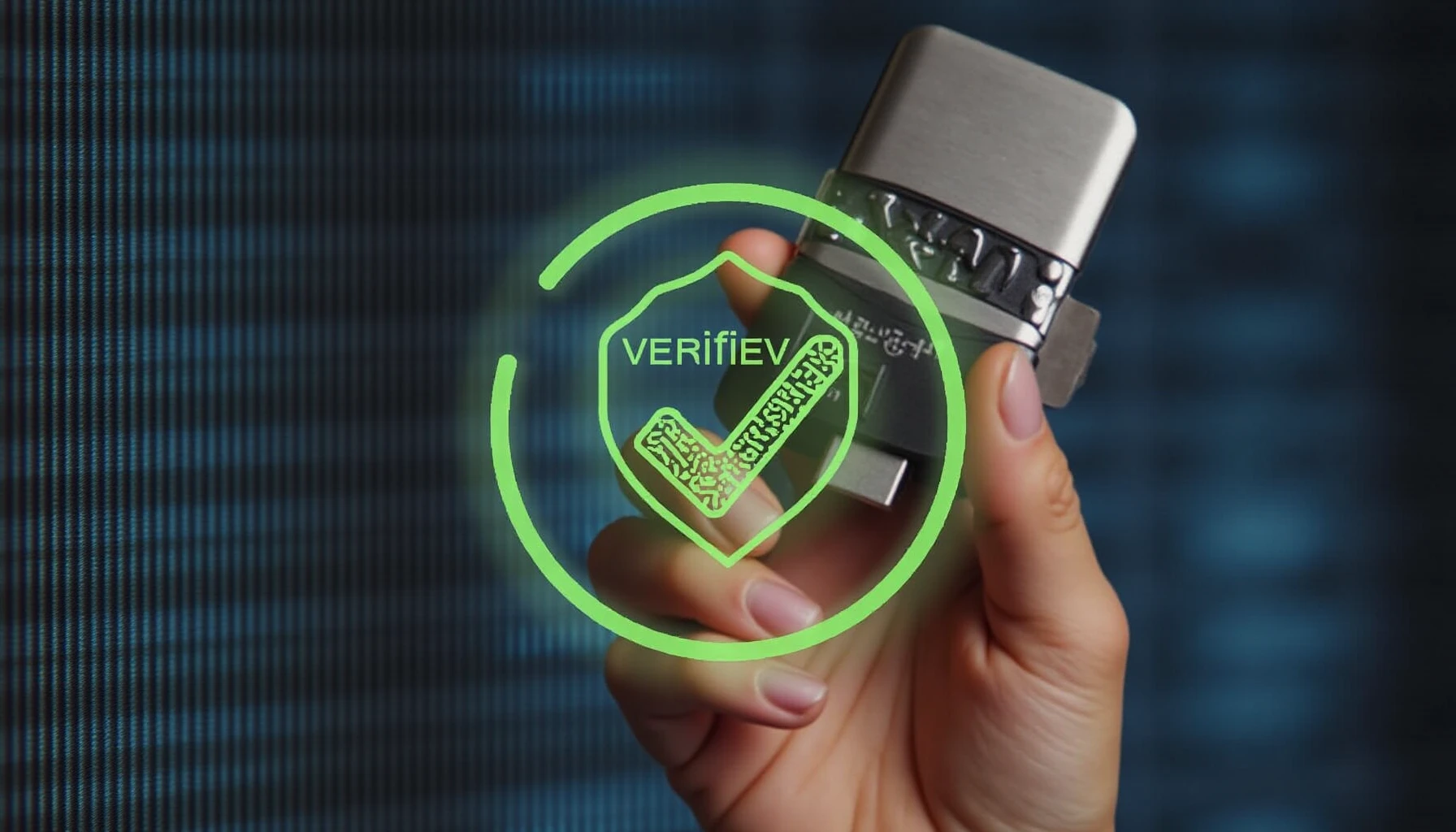Hardware Wallet Security Best Practices: Protect Your Crypto Like a Pro
Did you know? Over $3.8 billion in cryptocurrency was stolen in 2025, with 72% of cases involving compromised private keys. Hardware wallets remain the gold standard for securing digital assets – but only if used correctly. Whether you’re managing Bitcoin, Ethereum, or other altcoins, these hardware wallet security best practices could mean the difference between keeping your funds safe and losing them forever.
1. The Setup: Your First Line of Defense
Think of initializing your hardware wallet like building a bank vault. Would you use “1234” as the combination? Here’s what actually works:
- Generate your seed phrase offline – Never on a device connected to the internet
- 24-word phrases beat 12-word – The extra entropy matters (mathematically 2^256 vs 2^128 possible combinations)
- Test recovery before funding – Reset the device once to verify your backup works
2. Physical Protection Strategies
Your $99 Ledger or Trezor holds the keys to potentially life-changing wealth. Protect it like the crown jewels:

- Water/fire-proof storage – Cryptosteel capsules survive 1,500°F for 30 minutes
- Geographic separation – Keep seed backups in different physical locations
- Decoy wallets – Some users maintain a “small balance” wallet for travel
3. Transaction Verification Habits
The screen on your hardware wallet isn’t just decoration – it’s your fraud detection system:
- Always verify addresses character-by-character – Malware can alter clipboard contents
- Check amounts twice – Especially when dealing with stablecoins or wrapped tokens
- Beware of “free token” scams – 43% of hardware wallet compromises start with phishing
4. Firmware: The Silent Guardian
Outdated firmware is like leaving your front door unlocked in a bad neighborhood:
- Enable auto-updates when available – Critical patches often address zero-day exploits
- Verify update sources – Only download from manufacturer websites (check SSL certificates)
- Consider air-gapped updates – For large holdings, some prefer manual updates via clean computers
5. Advanced User Protections
For those holding significant assets (6+ figures), these extra steps add military-grade security:
- Multi-signature setups – Require 2/3 or 3/5 approvals for transactions
- Passphrase protection – Adds a 25th “word” not stored anywhere
- Transaction whitelisting – Only permit transfers to pre-approved addresses
Remember: No security measure is 100% foolproof, but combining these hardware wallet security best practices makes you a far harder target than 90% of cryptocurrency holders. Start implementing at least three today.
For more crypto security guides, explore our Cold Storage Methods and DeFi Security Essentials.
Cryptonewscash – Your trusted source for cryptocurrency security knowledge since 2025.
About the author:
Dr. Elena Rodriguez, cybersecurity expert with 18 peer-reviewed papers on blockchain cryptography. Lead auditor for the Cardano and Solana foundation security assessments.